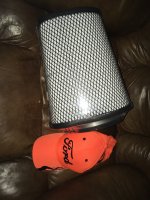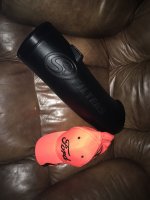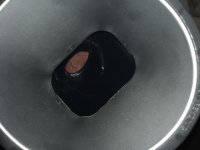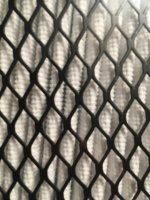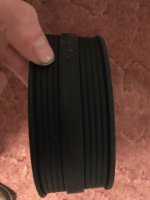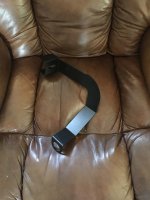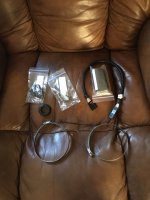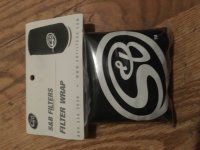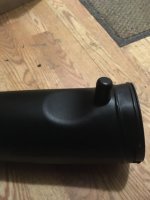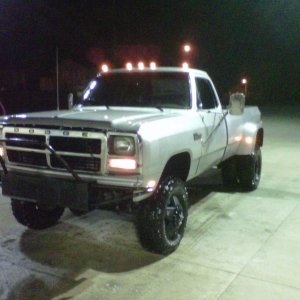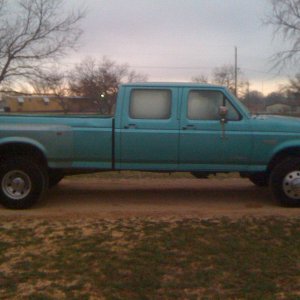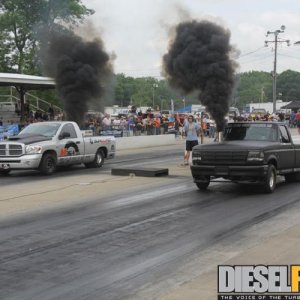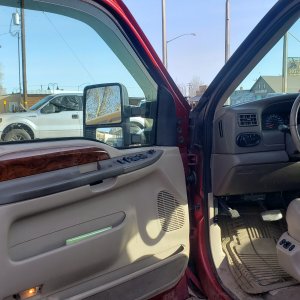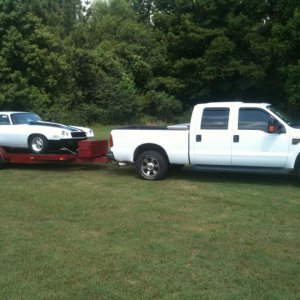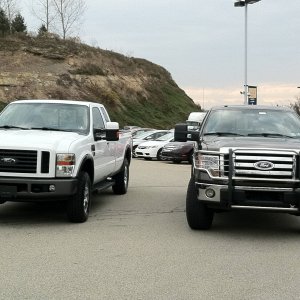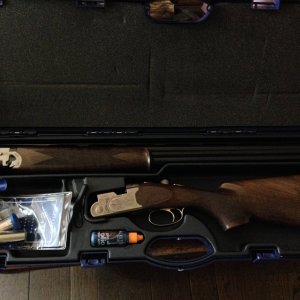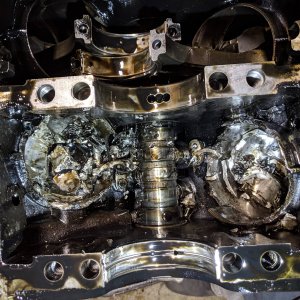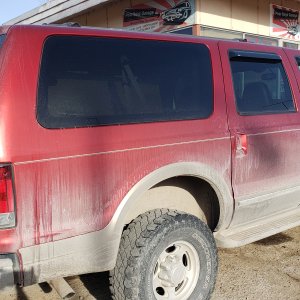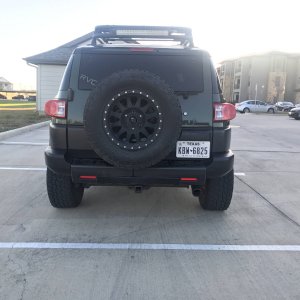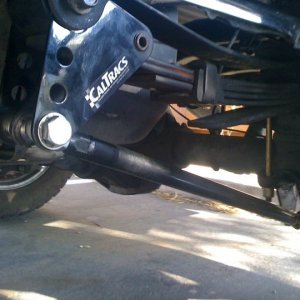Thought I would share my intake selection and review while trying to approach it scientifically.
A little background.
I own a 2011 F-250 crew cab short bed with the 6.7L powerstroke with approximately 100,000 miles on it and is currently all stock. The truck was purchased used with the main purpose of towing and hauling with some commuting. I keep track of fuel mileage pretty religiously and hand calculate whenever I can get back to back fill ups (the wife is not as good about remembering this). I am getting approximately 18 mpg on my rolling hilled highway commute in the summer running 60-65 mph. In the winter I have seen this number hover between 17 mpg and 15 mpg all depending on how good I am at remembering to plug in the block heater the night before. I have seen as much as 20 mpg on longer flatter interstate runs at 70-75 mph during the summer. As I have not completed a full tank just towing I don’t have perfect numbers and I bounce between towing our steel gooseneck trailer and our bumper pull high deck flatbed trailer. Towing in the summer I seem to be around 15 mpg. Towing in the winter I have seen as low as 12 mpg.
Like most of us here I like to get more out of my truck and know that there are always compromises made by the manufacturer when mass producing a vehicle. That being said I have a long list of parts that I wouldn’t mind swapping, upgrading, adding, or changing. The struggle is justifying it to myself and my wife. My first opportunity reared its head when I was doing a check of components as we gear up for a long trip to Texas to see family and haul back a small tractor. The filter minder was sucked down to the last line before the red on the intake box. A quick disassembly and a black dirty filter confirmed that the filter would need replaced soon. I know the stock intake is a true cold air intake and is capable of handling up to 500 HP. But I can’t help my problem solving nature. Looking at it I thought surely I could do better than a stock replacement filter.
A little background.
I own a 2011 F-250 crew cab short bed with the 6.7L powerstroke with approximately 100,000 miles on it and is currently all stock. The truck was purchased used with the main purpose of towing and hauling with some commuting. I keep track of fuel mileage pretty religiously and hand calculate whenever I can get back to back fill ups (the wife is not as good about remembering this). I am getting approximately 18 mpg on my rolling hilled highway commute in the summer running 60-65 mph. In the winter I have seen this number hover between 17 mpg and 15 mpg all depending on how good I am at remembering to plug in the block heater the night before. I have seen as much as 20 mpg on longer flatter interstate runs at 70-75 mph during the summer. As I have not completed a full tank just towing I don’t have perfect numbers and I bounce between towing our steel gooseneck trailer and our bumper pull high deck flatbed trailer. Towing in the summer I seem to be around 15 mpg. Towing in the winter I have seen as low as 12 mpg.
Like most of us here I like to get more out of my truck and know that there are always compromises made by the manufacturer when mass producing a vehicle. That being said I have a long list of parts that I wouldn’t mind swapping, upgrading, adding, or changing. The struggle is justifying it to myself and my wife. My first opportunity reared its head when I was doing a check of components as we gear up for a long trip to Texas to see family and haul back a small tractor. The filter minder was sucked down to the last line before the red on the intake box. A quick disassembly and a black dirty filter confirmed that the filter would need replaced soon. I know the stock intake is a true cold air intake and is capable of handling up to 500 HP. But I can’t help my problem solving nature. Looking at it I thought surely I could do better than a stock replacement filter.

